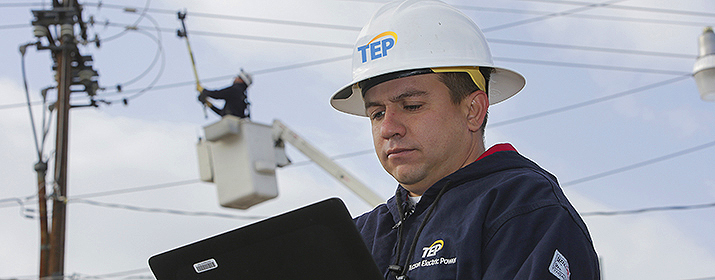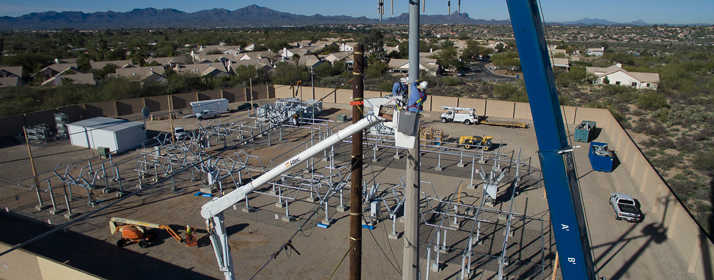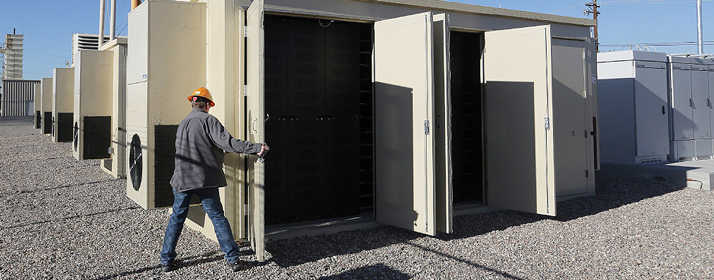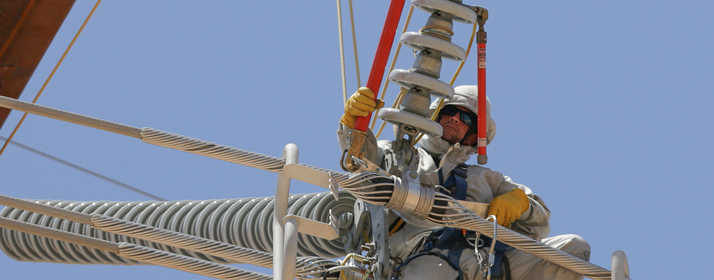
Tucson Electric Power has increased its overall reliability over the past five years by reducing the length of electric outages.
The company is consistently ranked in the top quartile of utilities nationwide by the Edison Electric Institute, an association representing U.S. investor-owned electric companies. The group annually ranks the reliability of about 100 U.S. and Canadian utilities.
The rankings are based on companies’ success in minimizing outage time for customers. TEP regularly exceeds its goals to decrease the duration of customers’ outages.
“Our goals are really ambitious,” said Doug Hood, TEP Senior Associate Engineer. “We do a great job when it comes to restoring power compared to a lot of other companies.”
TEP regularly tracks the length of outages attributed to maintenance, equipment failure, weather and other factors. Planning engineers then calculate the average outage time greater than five minutes, called the System Average Interruption Duration Index, or SAIDI, as well as the average number of outages per customer per year.
The SAIDI measurement usually excludes “major” events such as large storms. In 2016, two such storms occurred in TEP’s service territory, on Jan. 31 and July 27.
“Major outages caused by external and environmental factors are out of our hands,” Hood said. “As a company, we don’t have many errors in our systems.”
In addition to keeping customers satisfied, electric reliability is key in attracting new businesses, such as Caterpillar and the Raytheon expansion. Business officials often look at electric reliability when selecting a city for relocation or expansion. See TEP reliability information on the Economic Development webpage.
In recent years, the company has made changes to improve reliability.
At older substations with few or no communication devices, the company is installing GridAdvisors – smart sensors attached to lines that can detect a power interruption. The sensors automatically notify the company when the power is out. That way, the company doesn’t have to wait until a customer calls to learn about a problem.
“It has a notable impact on restoring power,” Hood said. “We know within a few seconds that the power is out. TEP can mobilize crews before the first call comes in.”
So far, TEP has installed approximately 200 GridAdvisors and plans to add 200 more by the end of the year.
In addition, TEP allocates resources for its Critical Circuit Patrol, which monitors circuits most in need of proactive repairs and maintenance.
Crews regularly patrol the system for needed upgrades and replacements to prevent outages and ensure public safety. See a story about the Critical Circuit Patrol program.
Engineers also analyze reliability data to detect outage trends and to determine where the next problems might occur. Also, planners monitor National Weather Service data to predict where storms may hit so they can determine beforehand where crews might be stationed.
“We’re trying to get ahead of the curve,” Hood said. “We want to be proactive, not reactive.”






